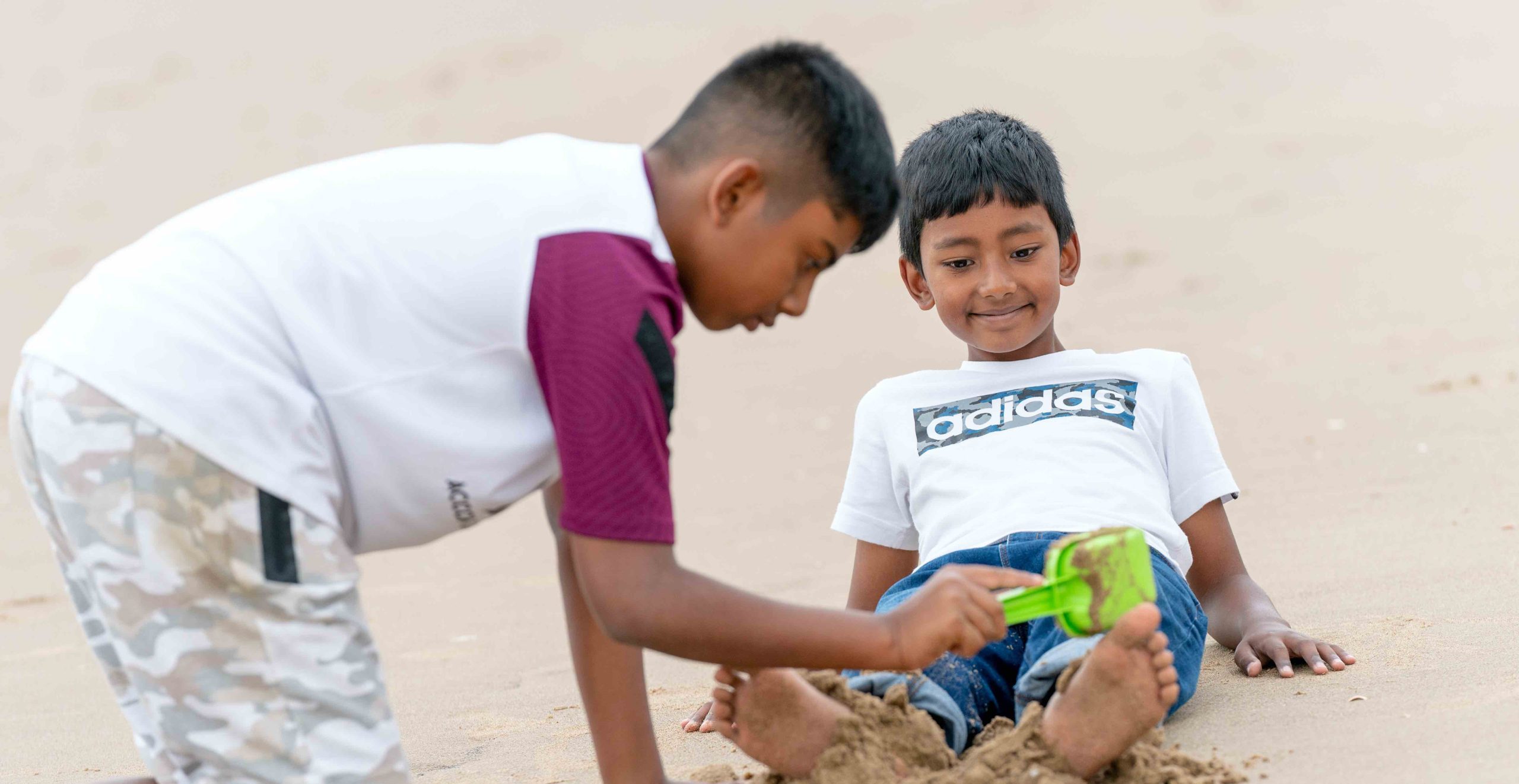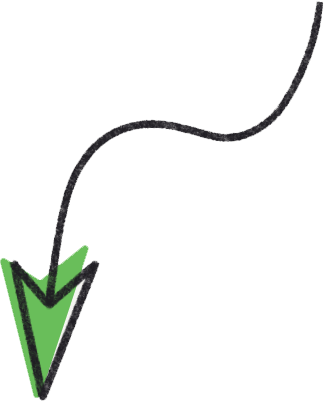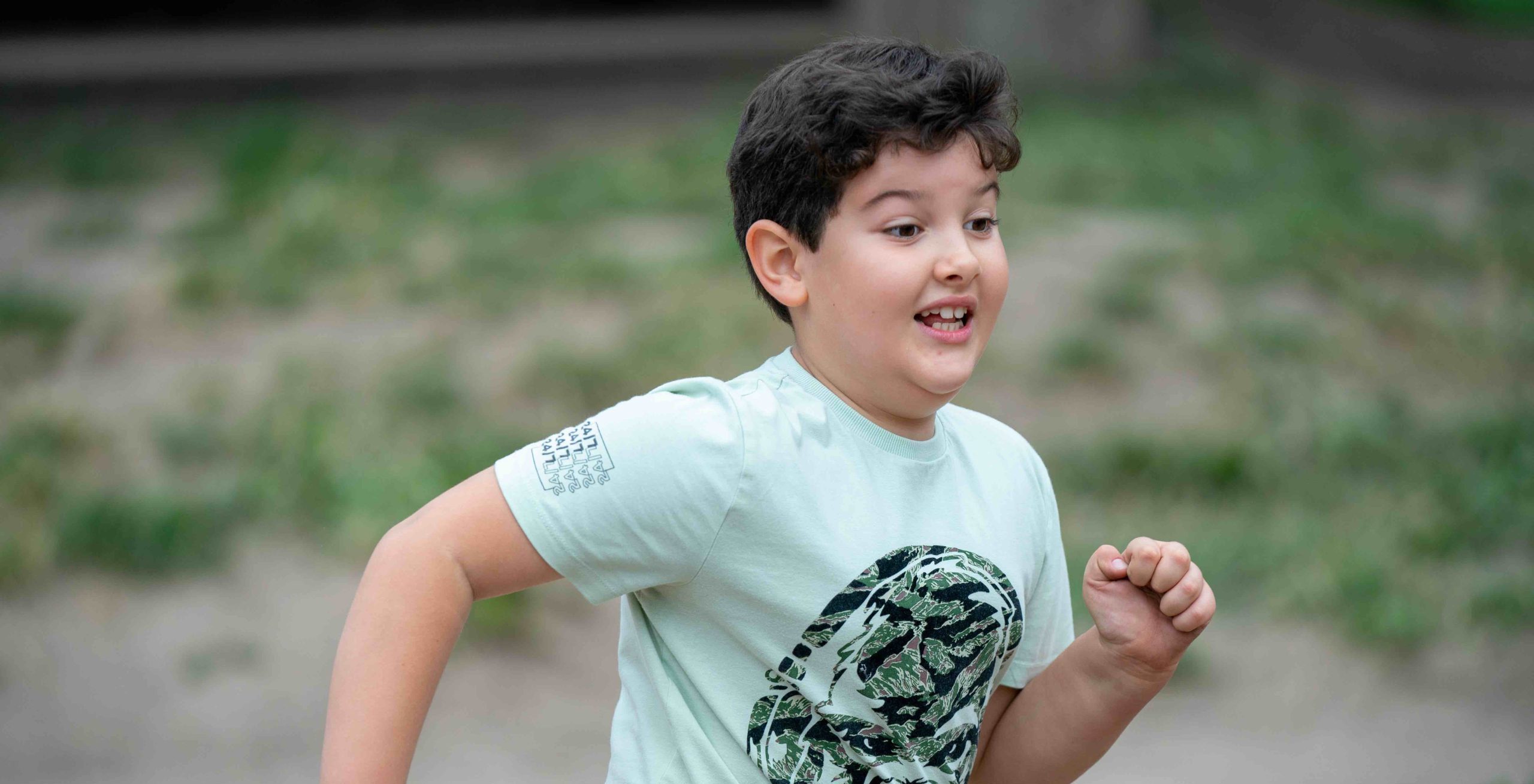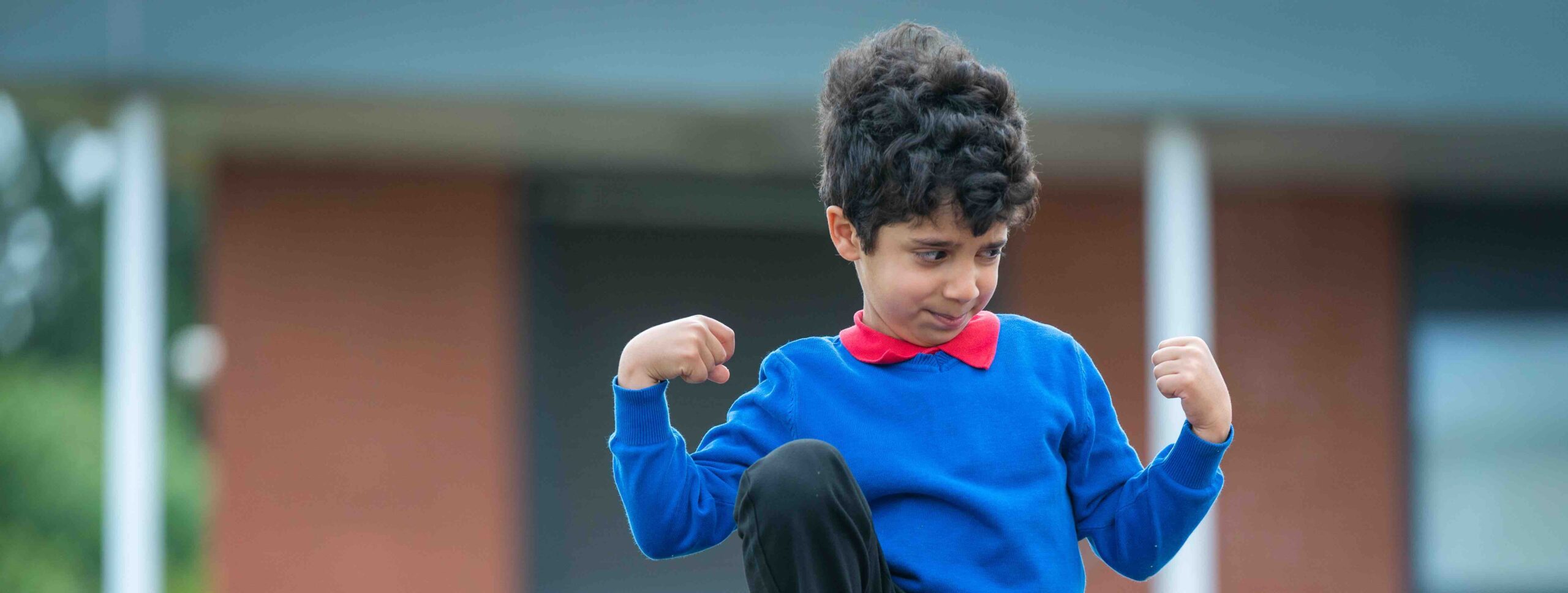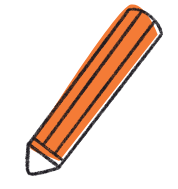All about play
How children play at different ages
Playing is fun. It is good for your child’s learning and for their healthy development, no matter how old they are.
Having a good experience of play helps them develop skills they can use as they grow up and start to make their own way in the world.
In the early years of your child’s life, it is important for you to play together. This helps create a strong bond (or attachment) between you. It also helps your child develop their language and social skills.
As your child gets older they will want more independence, playing with their friends at more of a distance – from you and from home.
Playing throughout childhood
Playing in the first six months
In the early days, play helps stimulate your baby’s senses of sight, hearing, touch and their movement, too. Playing games like peek-a-boo (a fun, gentle way to introduce uncertainty), singing, giving your baby things to hold and grab will help you and your baby bond. It will also let your baby know that you are fun and playful.
Playing for babies
From six to twelve months, games will continue to be popular with your baby. As they become more mobile, they will also want to crawl, roll and move around. They will use their whole bodies to learn about themselves, you and the other adults they are close to, and the world around them. This will involve their senses, such as sight, hearing and taste.
Playing for toddlers
Your toddler will be learning to talk, picking up new words all the time. They are also naturally curious, and their attention is grabbed by new and different things. They are continuing to find out more about their world using their senses – for example, tastes, smells and textures.
It is important for your toddler to play with natural materials like sticks, stones, leaves, earth, grass, mud and water. They will probably enjoy splashing, paddling and getting dirty.
Your toddler’s movement will be improving and they will look for chances to balance, climb, and hide under things (like tables and chairs). It can be tempting to stop these things or to try and help – it is important not to interfere unless they are in danger. Allowing this kind of activity helps your toddler learn about their body and what it can (and can’t yet) do.
Playing for three to five year olds
Young children continue to enjoy being outside. Your child will like exploring bushes, trees and long grass. They will enjoy playing with the elements – playing in the rain, digging in sand, running in the wind and watching a fire are all fun.
Your child will start to try and make things with building blocks, pieces of fabric and cardboard boxes. This will help them develop co-ordination and learn about size and shapes.
Part of the fun is being able to take things apart again. For a child of this age, doing something is more important than the end product – when they knock something down, they don’t see this as ‘ruining’ what they’ve done, so it’s important to look at it in the same way.
Playing for five to eight year olds
Children of this age may start to take part in more structured activities and clubs. As well as enjoying these, try to make sure your child has plenty of time to choose how, what and when they play – and who they play with.
Your child will start to be more imaginative in their play. They may also enjoy rough and tumble play with their friends. This isn’t always easy to watch, because it can look like fighting – but allowing this type of play will help your child learn about their own body, their strength, and how to play with other children. It will also help them develop the skills and confidence to look after themselves.
Your child will still enjoy playing outdoors and they will probably want to be more independent. This is a good time to help them get to know your neighbourhood and neighbours.
Try not to use a car to travel around your local community, so your child gets to know their local streets. Walking to and from local shops, school and parks gives you an opportunity to talk about how to keep safe, coming up with solutions together. This will be useful when the time comes for your child to be out and about more independently.
Playing from eight to twelve years old
Children continue to be very creative at this stage – for example, making up songs and dances and wanting to build and make things.
Your child may enjoy challenging activities as a way of testing themselves. This will help them learn how to keep themselves safe. Sometimes their games may seem too dangerous – remember that most children don’t want to hurt themselves and playing this way helps them work out what they are able (or not yet able) to do.
Your child will probably like to be out and about with their friends. They may want – and be able – to go further away from home.
Playing for teenagers
Friends and friendship groups are important to your teenager and they may want to gather and socialise in parks and other public places. This can cause tension, because, although teenagers may look too old to be playing in play areas, they do still need to play.
Teenagers often play with their identity. They may experiment with fashion and hair styles and explore different types of music.
Online relationships are an important part of how teenagers develop. Social media like Snapchat, Instagram and YouTube help your teenager stay in touch with their friends, make plans, and feel connected. It is essential for you to encourage appropriate behaviour online, just as you do offline. It is also totally acceptable to ask your teenager about what they are doing online. Talking about it together will help you develop a better understanding of their world.





